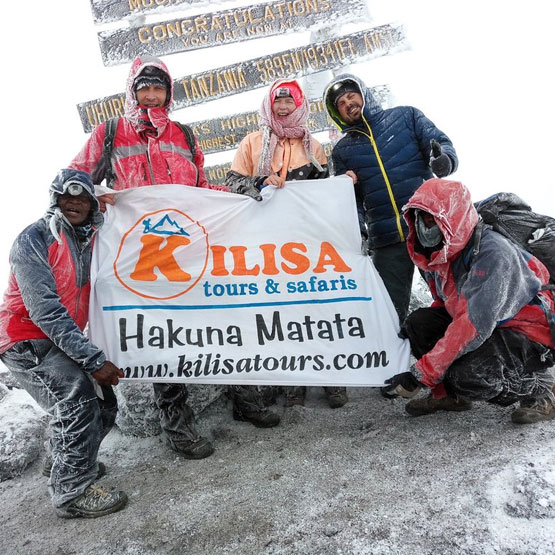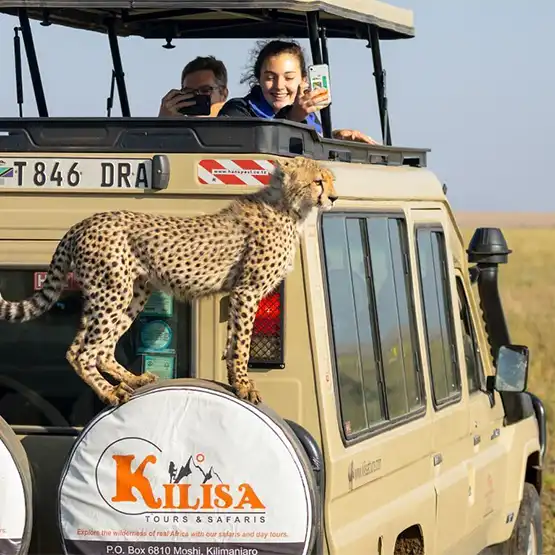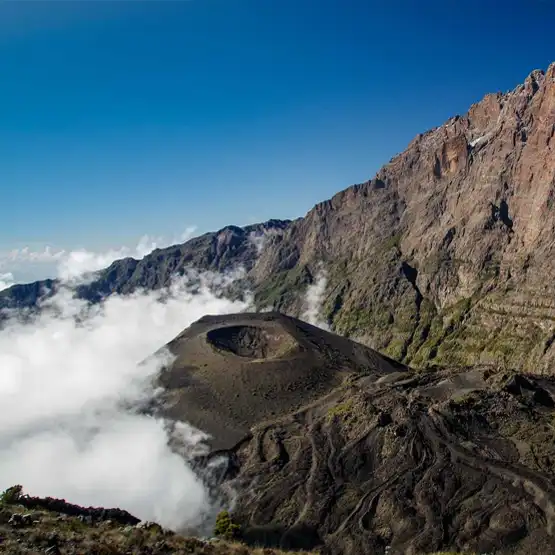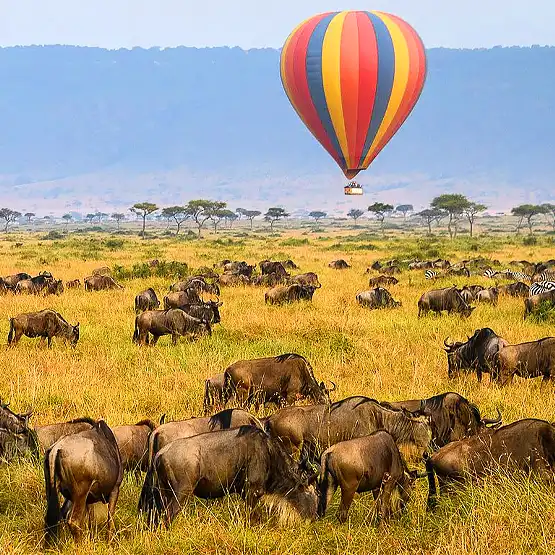Mount Kilimanjaro, Africa’s highest peak, has long been known for its stunning ice-capped summit. Yet, over recent decades, the mountain’s glaciers have been rapidly melting, raising alarm among scientists, environmentalists, and local communities. The steady disappearance of these iconic ice fields is not just a loss of natural beauty, but a sign of the profound impact climate change is having on our planet. So, what’s really driving this transformation, and what does it mean for the future of Kilimanjaro?
Understanding Kilimanjaro’s Glaciers: A Brief Overview

Kilimanjaro’s glaciers are remnants of a much larger ice cap that once covered its summit thousands of years ago. Currently, the remaining ice is concentrated in three distinct areas: the Northern Ice Field, the Southern Ice Field, and the rapidly shrinking Furtwängler Glacier. Despite its equatorial location, these glaciers have endured due to the high altitude and unique climate conditions at the summit. However, in the last century, over 80% of Kilimanjaro’s ice cover has disappeared, and some studies suggest that the remaining glaciers could vanish entirely within a few decades.
How Climate Change is Driving Glacier Retreat
The main factors contributing to Kilimanjaro’s glacier loss are rising temperatures, changes in precipitation patterns, and increased solar radiation. Let’s break down each factor:
Key Drivers of Glacier Retreat on Kilimanjaro
| Factor | Description | Impact on Glaciers |
|---|---|---|
| Rising Temperatures | Higher temperatures at lower altitudes disrupt the delicate balance required for ice formation and preservation. | Leads to faster melting and reduced snowfall at high elevations. |
| Changes in Precipitation | Rainfall patterns around Kilimanjaro are shifting, resulting in less snowfall at the summit. | Less snow cover means less ice replenishment. |
| Increased Solar Radiation | Intense sunlight at high altitudes, especially with reduced cloud cover, causes ice to sublimate (turn directly from solid to vapor). | Accelerates glacier thinning and ice loss. |
| Lower Albedo Effect | Less snowfall means a darker ice surface that absorbs more heat, accelerating the melting process. | Increases the rate of ice melt. |
The Scale of Ice Loss Over Time

Let’s take a look at how Kilimanjaro’s glaciers have changed over the years:
| Year | Estimated Ice Cover (sq. km) | Percentage of Ice Loss |
|---|---|---|
| 1912 | 11.4 | – |
| 1953 | 6.7 | 41% |
| 1976 | 4.2 | 63% |
| 2000 | 2.6 | 77% |
| 2020 | 1.4 | 88% |
| Projected 2040 | <1 | >95% |
Impacts on Local Ecosystems and Communities
The loss of Kilimanjaro’s glaciers isn’t just a geological change; it has far-reaching consequences for local communities and ecosystems:
- Water Supply
The glaciers, though small, act as natural water reservoirs, releasing water gradually during the dry season. Without them, rivers that local communities rely on for agriculture and drinking water are running dry more frequently.Local Rivers Dependence on Glacial Meltwater (%) Current Water Flow Trends Pangani River 20% Decreasing flow during dry seasons Weruweru River 15% Reduced water availability for irrigation Simba River 25% Noticeable seasonal variations in water levels - Biodiversity
Kilimanjaro is home to unique plant and animal species that have adapted to its specific climate. As temperatures rise and precipitation patterns change, these species are forced to migrate to higher altitudes or face possible extinction.Species Current Habitat Climate Change Impact Kilimanjaro Tree Frog Forested lower slopes Habitat loss due to drier conditions Abbot’s Starling Subalpine grasslands Shrinking range with changing temperatures Giant Lobelias High-altitude alpine zones Reduced habitat as glaciers retreat - Tourism Industry
Kilimanjaro’s glaciers are a key attraction for climbers from around the world. The loss of these glaciers could diminish the mountain’s allure and negatively impact the region’s tourism industry, which is a vital source of income for many Tanzanians.Tourism Sector Dependency on Glaciers Potential Impact of Glacier Loss Mountain Expeditions High Fewer visitors due to loss of iconic snow-capped peak Local Guides & Porters High Job losses and reduced income for local communities Regional Hospitality Moderate Decrease in tourist numbers affecting hotels & lodges
What Does the Future Hold?
The fate of Kilimanjaro’s glaciers is uncertain, but if current trends continue, the outlook is bleak. Researchers estimate that Kilimanjaro could lose its remaining ice fields within the next 20 to 30 years. This would not only be a tragic loss of a natural wonder but also an indicator of the speed and severity of climate change impacts.
| Predicted Glacier Loss Timeline | Glacial Area Remaining | Expected Impact |
|---|---|---|
| 2030 | <1 sq. km | Loss of major ice fields; reduced water supply for dry seasons |
| 2040 | Minimal ice patches | Local rivers likely to run dry during extreme dry seasons |
| 2050 | Complete disappearance | Full loss of glacial ecosystems; tourism industry significantly impacted |
Can Anything Be Done?
Stopping or reversing glacier loss on Kilimanjaro is a complex challenge. While direct intervention isn’t feasible, global efforts to curb greenhouse gas emissions and mitigate climate change can slow the rate of ice melt. Local initiatives, such as sustainable land management and reforestation, can also help stabilize the mountain’s microclimate.
Lessons from Kilimanjaro: A Call to Action
Kilimanjaro’s melting glaciers are more than just a local tragedy—they’re a powerful symbol of the broader environmental changes taking place across the globe. The rapid ice loss should serve as a wake-up call, emphasizing the urgent need to address climate change. While Kilimanjaro’s glaciers might not be saved, their disappearance is a stark reminder of what’s at stake if we fail to act.
FAQs
Q1: Why are Kilimanjaro’s glaciers melting faster now than before?
A1: Kilimanjaro’s glaciers are melting due to a combination of factors, including rising temperatures, changes in precipitation patterns, and increased solar radiation. The unique location and altitude make them particularly sensitive to climatic shifts.
Q2: How much ice has Kilimanjaro lost in recent decades?
A2: Kilimanjaro has lost more than 80% of its ice cover in the last century. Some studies predict that its glaciers could vanish entirely within the next 20-30 years.
Q3: Can local conservation efforts save Kilimanjaro’s glaciers?
A3: While local efforts like reforestation and sustainable land management can help stabilize the surrounding environment, the main driver of glacier loss is global climate change. Reducing greenhouse gas emissions worldwide is the only long-term solution.
Q4: What will happen to Kilimanjaro’s water supply if the glaciers disappear?
A4: The disappearance of Kilimanjaro’s glaciers could lead to decreased water availability for local communities, particularly during the dry season. This could have serious consequences for agriculture, drinking water, and regional biodiversity.





